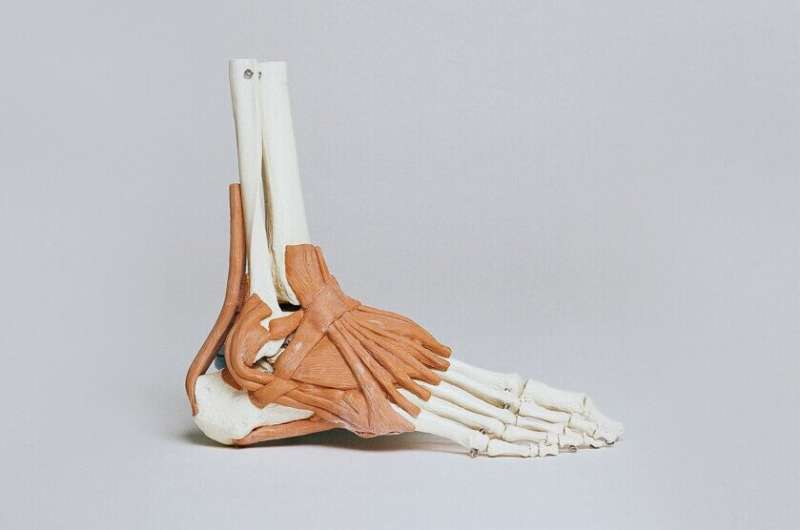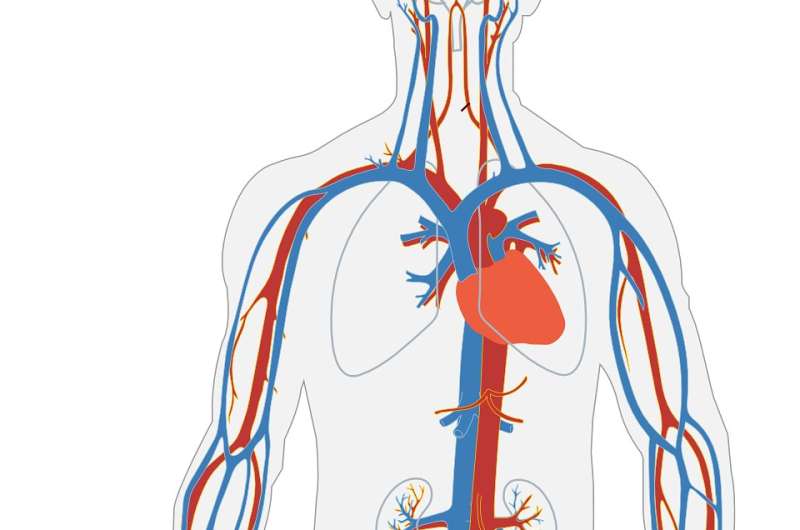New Insights into Tooth Nerves: Beyond Pain Detection, They Protect Teeth

New research uncovers that tooth nerves are not just pain detectors but active protectors, initiating rapid jaw reflexes to prevent damage. Learn how these mechanisms safeguard our teeth and their implications for dental health.
Recent research from the University of Michigan has shed light on a surprising role of the nerves inside our teeth. Traditionally, these nerves were believed solely to serve as pain detectors, alerting us to potential damage or injury. However, new findings reveal that they play an essential part in safeguarding our teeth through a rapid reflex mechanism.
The study focused on specialized nerve cells within the tooth known as High-Threshold Mechanoreceptors (HTMRs). Researchers used advanced live imaging techniques, behavioral tracking, and mouse models to observe how these neurons respond to dental damage. When enamel or dentin is compromised, these neurons fire signals, not only triggering pain but also initiating an immediate jaw-opening reflex—an automatic response designed to prevent further injury.
This reflex, involving almost instantaneous jaw movement within 5 to 15 milliseconds of nerve activation, acts as a self-preservation mechanism. It helps protect the teeth by prompting the jaw to withdraw swiftly from harmful stimuli. Until now, this protective reflex was primarily associated with craniofacial responses, but its cellular origins were not well understood.
The findings suggest that the primary function of these intradental nerves extends beyond pain signaling. They serve as sentinels, continuously monitoring the health of the tooth and activating protective responses in real-time. This dual role underlines the importance of nerve health within the tooth for maintaining oral health and preventing damage.
Furthermore, understanding this mechanism opens pathways for new dental treatments. By harnessing these nerve responses, future therapies could better address tooth pain and enhance regenerative procedures. For example, restoring nerve function during tooth pulp regeneration could improve outcomes and prevent future damage.
Elizabeth Ronan, lead author of the study, emphasized that sensory neurons are crucial not just for perception but also for tissue protection throughout life. This research advances our understanding of how internal tissues like teeth are safeguarded by complex neural mechanisms, highlighting potential innovations in dental care and pain management.
Stay Updated with Mia's Feed
Get the latest health & wellness insights delivered straight to your inbox.
Related Articles
Innovative Lateral Approach in Total Ankle Replacement Demonstrates Long-Term Success
A groundbreaking lateral approach in total ankle replacement shows excellent long-term outcomes and implant durability, offering new hope for patients with end-stage ankle arthritis.
Breakthrough in Gene Therapy Reverses Brain Disorder Symptoms in Mice
Researchers at the Allen Institute have developed a groundbreaking gene therapy that successfully reverses symptoms of SYNGAP1-related brain disorders in mice, opening new avenues for treatment of severe neurological conditions like epilepsy and intellectual disability.
New Insights: Blood Vessel Weakness May Cause Muscle Loss in Cancer Survivors
Emerging research suggests that weakening blood vessels in muscles contribute to muscle loss in cancer survivors. Restoring vascular health may offer new hope for preventing cachexia and improving quality of life. Source: https://medicalxpress.com/news/2025-07-muscle-weakness-cancer-survivors-treatable.html



